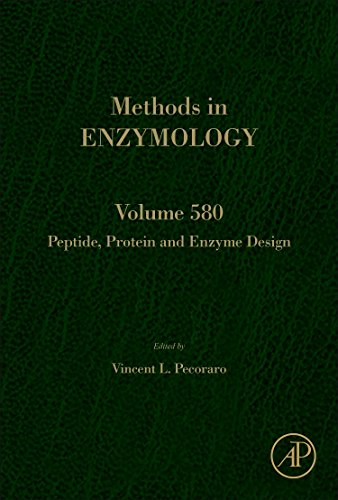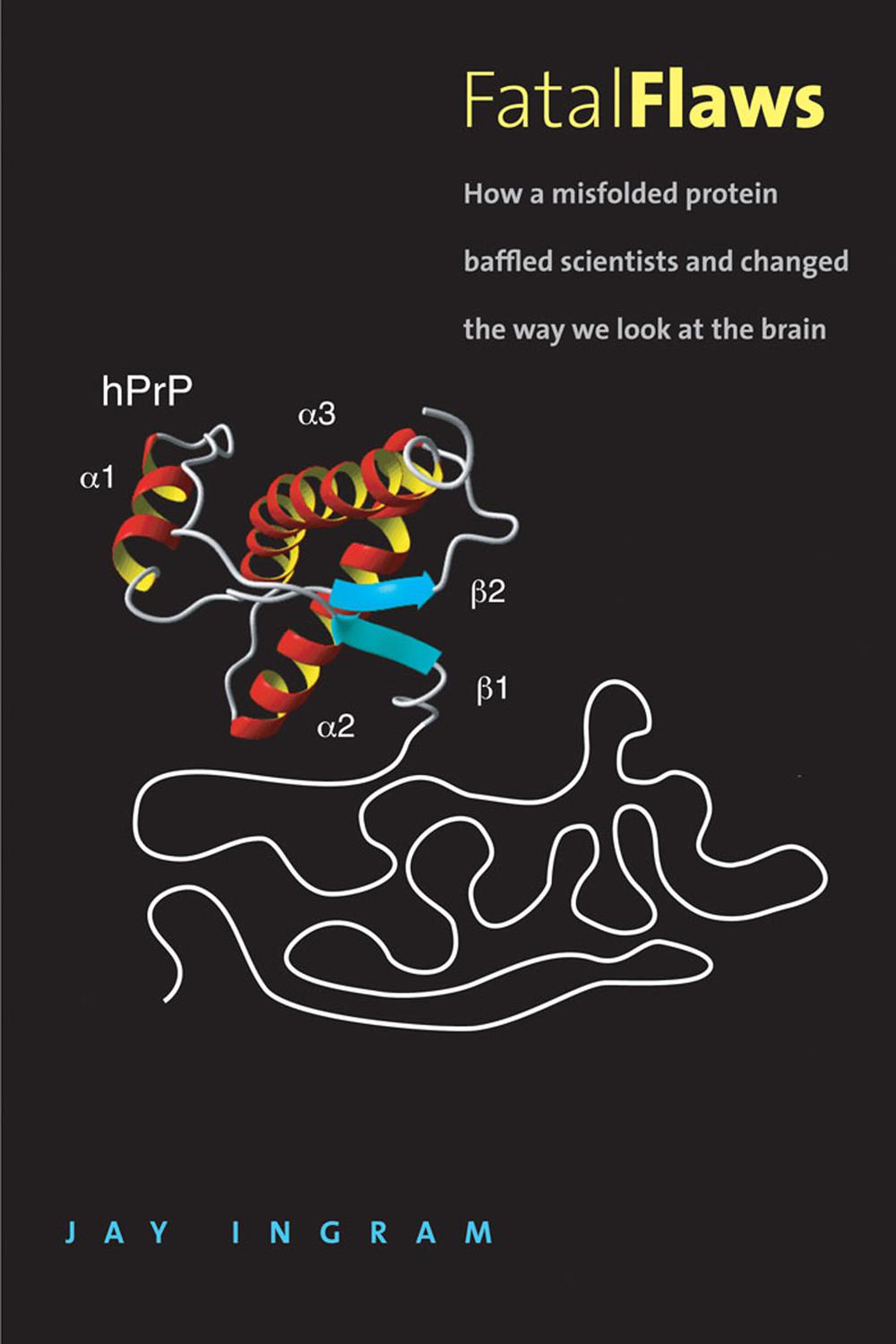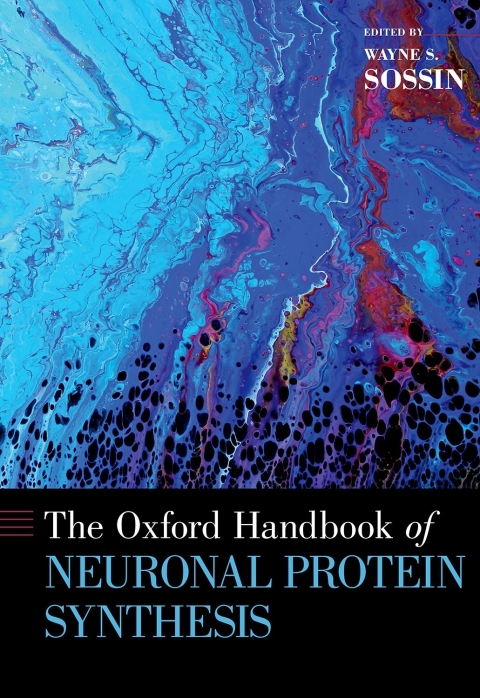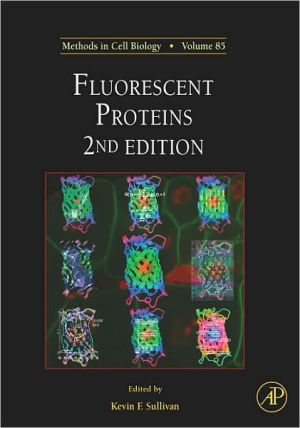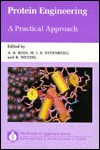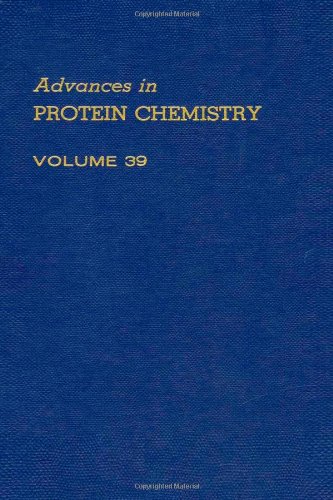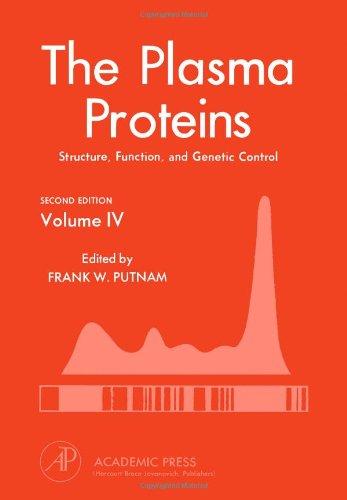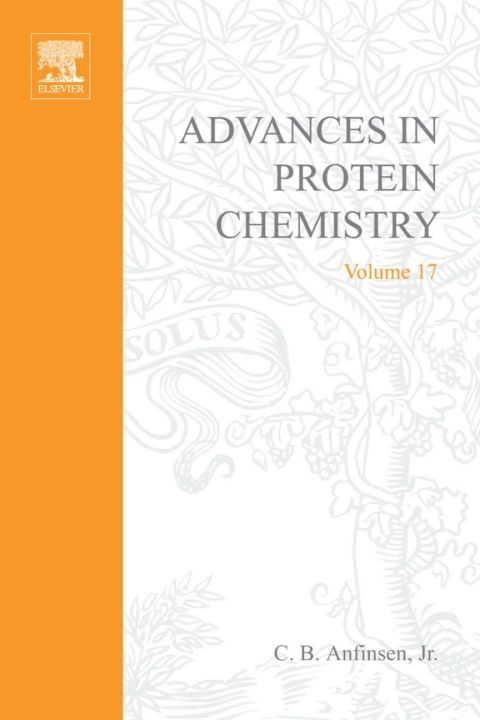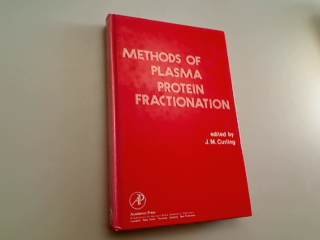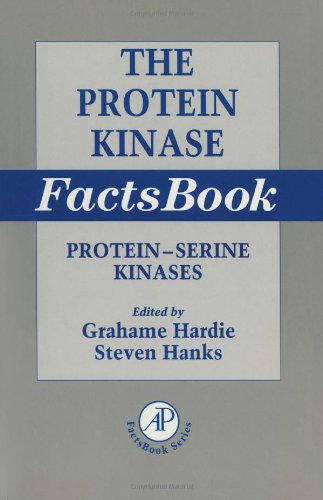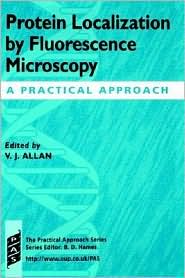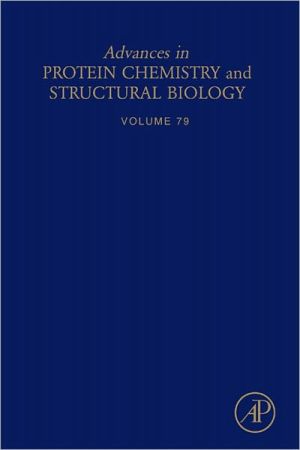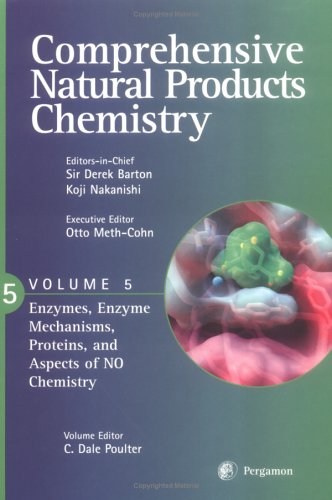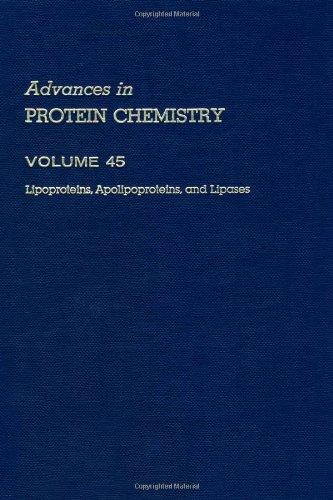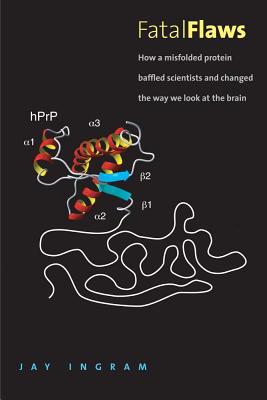Peptide, Protein and Enzyme Design (Volume 580) (Methods in Enzymology, Volume 580)
Front Cover; Peptide, Protein And Enzyme Design; Copyright; Contents; Contributors; Preface; References; Chapter One: Chemical Posttranslational Modification With Designed Rhodium(ii) Catalysts; 1. Introduction; 2. Synthesis Of Rhodium(ii) Conjugates As Protein Modification Catalysts; 2.1. Discussion; 2.2. Materials And General Considerations; 2.2.1. Preparation Of Metalation Buffer; 2.3. Protocol 1: Preparation Of Rh2(oac)3(tfa)1; 2.4. Protocol 2: Preparation Of Rhodium(ii) Conjugates In Organic Solution; 2.4.1. Preparation Of A Metalated Fkbp Inhibitor (coughlin Et Al., 2014). 2.5. Protocol 3: Preparation Of Rhodium(ii) Conjugates In Aqueous Solution2.5.1. Preparation Of The Metallopeptide S2erh; 3. Modification Of An Sh3 Domain And Gel-based Visualization Thereof; 3.1. Discussion; 3.2. Materials And General Considerations; 3.2.1. Preparation Of 1x Transfer Buffer; 3.2.2. Preparation Of Protein Modification Buffer; 3.2.3. Preparation Of Maldi-ms Matrix; 3.3. Protocol 4: Rhodium(ii)-catalyzed Protein Modification; 3.3.1. Modification Of Sh3 Domain Of Yes Kinase In Mammalian Cell Lysate (vohidov, Coughlin, & Ball, 2015). 3.4. Protocol 5: Visualization Of An Alkyne-tagged Protein By Chemical Blotting3.4.1. Fluorescent ``chemical Blot ́́analysis Of A Modified Sh3 Domain; References; Chapter Two: Cell-binding Assays For Determining The Affinity Of Protein-protein Interactions: Technologies And Considera ... ; 1. Introduction; 2. General Binding Theory And Relevance Of Kd; 3. General Pitfalls In Cell-based Binding Assays; 3.1. Time To Equilibrium; 3.2. Ligand Depletion; 4. Measuring Binding On The Surface Of Yeast; 4.1. Materials; 4.1.1. Yeast Cells; 4.1.2. Solutions And Media; 4.1.3. Proteins/antibodies. 4.2. Method5. Measuring Binding On The Surface Of Mammalian Cells; 5.1. Direct Binding; 5.2. Competition Binding; 6. Other Methods Of Measuring Binding: Kinetic Exclusion Assay And Surface Plasmon Resonance; 6.1. Kinetic Exclusion Assay; 6.2. Surface Plasmon Resonance; 6.3. Comparison; 7. Summary; Acknowledgments; References; Chapter Three: Protein And Antibody Engineering By Phage Display; 1. Introduction; 2. Equipment; 3. Materials; 3.1. Cell Lines; 3.1.1. Protocol 1: Production Of Ss320 Cells (modified From Tonikian, Zhang, Boone, & Sidhu, 2007). 3.1.2. Protocol 2: Production Of Xl1-blue Cells3.2. M13ko7 Helper Phage; 3.2.1. Protocol 3: Production Of M13ko7 Helper Phage (modified From Tonikian Et Al., 2007); 3.3. Phagemid Considerations; 3.4. Reagents; 3.4.1. Media; 3.4.2. Buffers (filter Sterilize); 3.4.3. Solutions; 3.4.4. Antibiotics (filter Sterilize); 3.4.5. Other Reagents; 4. Phage Display And Library Design; 4.1. Humanization Of A Murine Sudv Antibody (chen Et Al., 2014); 4.2. Mapping Hotspot Residues Of Protein-protein Interfaces (frei Et Al., 2015; Stewart Et Al., 2013); 4.2.1. Protocol 4: Cloning Into Hp153. Edited By Vincent L. Pecoraro. Includes Bibliographical References And Indexes.
| Name in long format: | Peptide, Protein and Enzyme Design (Volume 580) (Methods in Enzymology, Volume 580) |
|---|---|
| ISBN-10: | 0128053801 |
| ISBN-13: | 9780128053805 |
| Book pages: | 684 |
| Book language: | en |
| Edition: | 1 |
| Binding: | Hardcover |
| Publisher: | Academic Press |
| Dimensions: | Height: 9.25 Inches, Length: 7.5 Inches, Width: 1.44 Inches |

